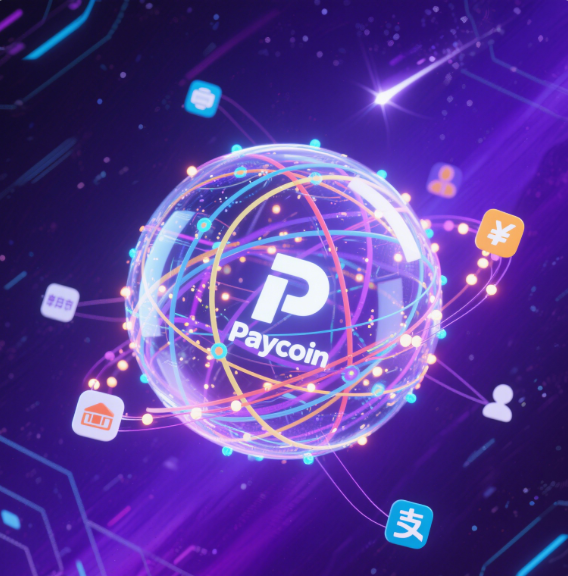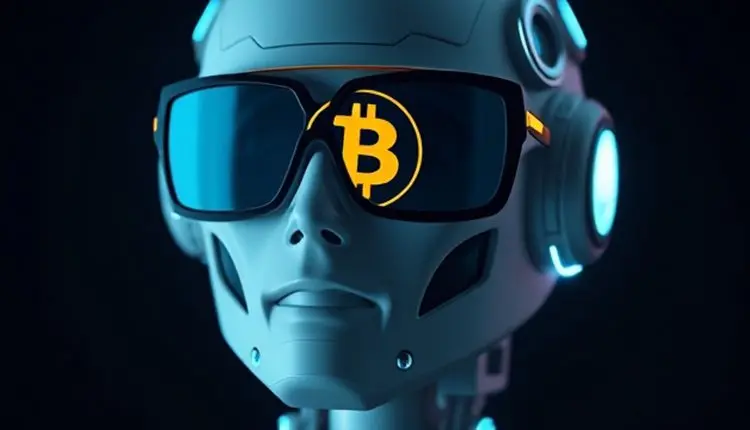crypto enthusiasts! Are you tired of the high fees, inefficiency, and centralization risks of traditional payment systems? In the era of Web3 revolution, PayCoin is emerging as a "payment disruptor" aiming to rebuild financial infrastructure with blockchain. Imagine cross-border transfers in 3 seconds, near-zero transaction fees, and direct peer-to-merchant transactions without banks—this is not just PayCoin's vision, but a reality being implemented. Let's dissect its decentralized payment network through three pillars: technological architecture, ecosystem partnerships, and smart contracts, revealing how it challenges giants like Visa and PayPal。

Paycoin was born against the backdrop of the continuous development of the cryptocurrency market. With the rise of the Web3 concept, people have higher expectations for decentralized applications and payment methods. Traditional payment systems often have problems such as centralization, high transaction fees, and slow transaction speeds. The emergence of Paycoin aims to break these limitations.
Firstly, Paycoin uses blockchain technology to achieve a decentralized payment network. In this network, there is no single centralized institution controlling transactions. All transaction records are publicly and immutably stored on the blockchain. This greatly improves the security and transparency of payments. For example, when you use Paycoin for cross - border payments, you no longer need to go through cumbersome bank procedures and long waiting times. Transactions can be completed instantly, and the transaction fees are extremely low.
Secondly, Paycoin focuses on user experience and ease of use. It has developed a simple and easy - to - use wallet application, allowing users to easily store, send, and receive Paycoin. This is very friendly to beginners in the cryptocurrency circle. Imagine that you only need to download an APP, register an account, and you can make cryptocurrency payments just like using ordinary payment software. Isn't it very convenient?

Moreover, Paycoin actively cooperates with various merchants and enterprises to expand the application scope of its payment ecosystem. Currently, more and more online and offline merchants have started to accept Paycoin as a payment method. This not only provides more consumption scenarios for Paycoin holders but also promotes the application of cryptocurrencies in real life. For example, you can use Paycoin to buy goods on some e - commerce platforms or pay for your meals in restaurants.
In addition, Paycoin is constantly exploring and innovating, and has introduced smart contract technology. Smart contracts can automatically execute transaction terms without the need for third - party intervention. This has great potential in the payment field. For example, it can realize functions such as installment payments and automatic settlements, further enhancing the flexibility and efficiency of payments.
However, building an innovative Web3 decentralized payment ecosystem is not an easy task. Paycoin faces challenges from various aspects such as regulations and market competition. But judging from its current development trend, it has clear goals and a well - defined plan. With the continuous maturity and popularization of Web3 technology, it is believed that Paycoin is expected to make greater breakthroughs in the field of decentralized payments and bring us a more convenient, secure, and efficient payment experience.

In short, the emergence of Paycoin has injected new vitality into the cryptocurrency circle. The innovative Web3 decentralized payment ecosystem it is building shows us the infinite possibilities of cryptocurrencies in the payment field. For cryptocurrency investment enthusiasts and beginners, Paycoin is worth our continuous attention.
















No comments yet